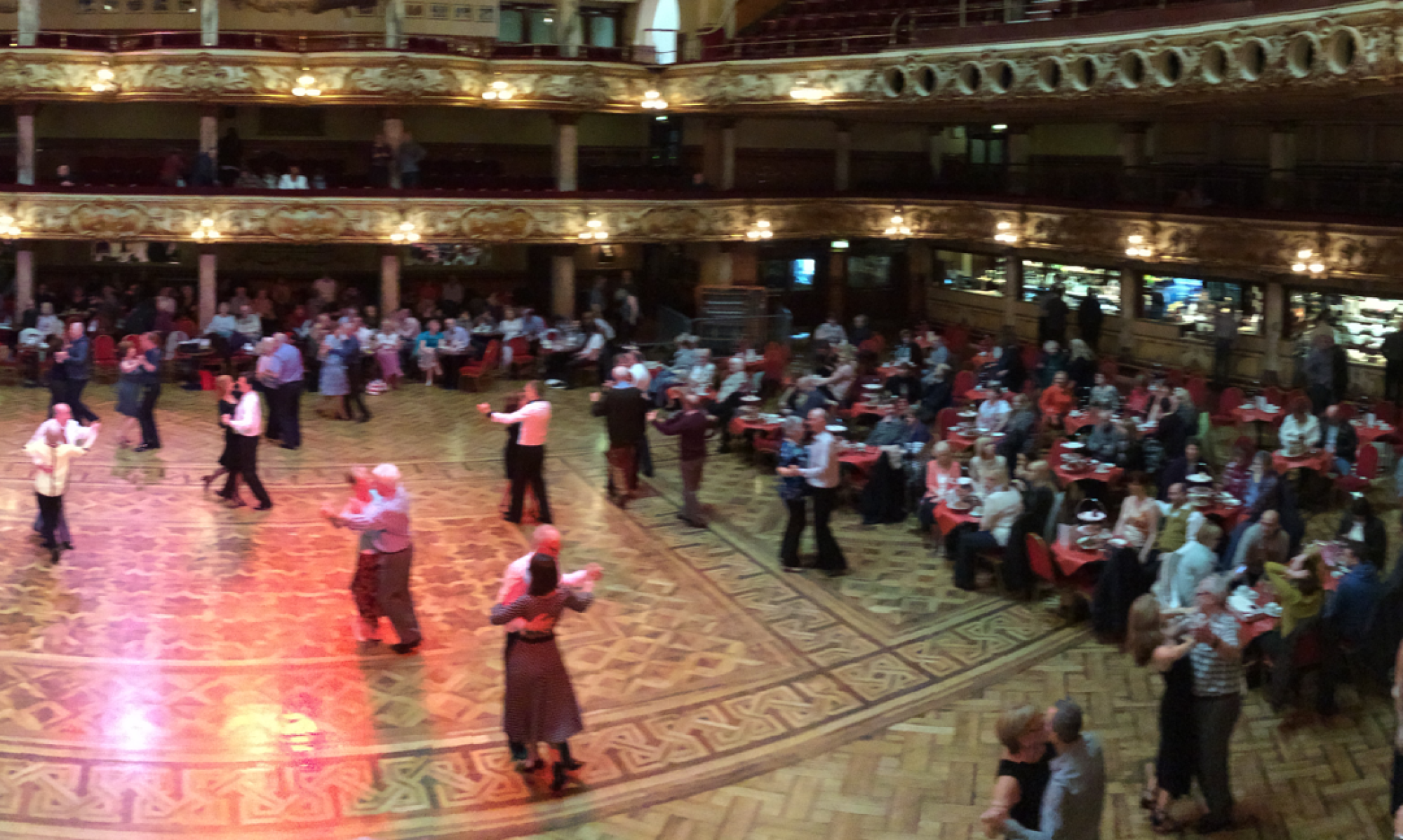Last time, we looked at our tendency to multi-task in our dance practice, with sub-par results. We also started to examine how to counter this habit, and focus on improving one technique at a time. Let’s continue with that today.
Embrace the ‘is-ness’
What is the ‘is-ness’? It’s the chore you have to do, the phone call you have to make, and yes, the dance practice you need to put in.
If you find your internal dialogue tends to complain during practice, try this: Whatever you’re doing, imagine you’re stuck doing it for ALL ETERNITY. I mean it – this is your purgatory. Embrace it; it’s all you’ve got. Feel a little different? That’s acceptance. You’ve removed all the escapes keeping your brain from focusing on the task at hand. Now there’s only one thing left to do:do your best. It’s the only way you’re going to feel good about it.
Deliberate practice, not mindless practice
If you remember one thing you’ve read, remember this: the vast majority of dancers treat dancing like something they can tune out and drill mindlessly. What’s the problem with this? First of all, it fights the ‘is-ness’ of the moment, by allowing your mind to wander instead of taking an interest in the movement. It also hurts the self-confidence to realize you don’t actually know how to produce consistently good results.
Worst of all, mindless repetitions allow bad habits to unconsciously creep into your drills, which then become practiced and reinforced. Practice doesn’t make perfect; practice makes permanent.
By comparison, deliberate practice means monitoring your progress and continually looking for ways to improve. If you were executing a turn, you could ask yourself: did I feel wobbly? Did I stop at the end or did I fall out of the turn?
Then you can start asking what specific actions you might take to improve the movement. You might ask, where was I wobbly? Did it feel like I was pushing off too strongly with my feet, or is it my shoulders throwing me off to one side? How can I change the action? At the very least, you will gain increased self-awareness of how your body moves, and can give your instructor specific details on where you feel the difficulty.
Letting go of the technique
This can be the hardest part – learning to get your head out of your body after so much time spent there. Technique without feeling is like taking cooking lessons and then ordering takeout – you are missing out on a big part of the benefit. When you become aware that a technique has become automatic, try dancing continuously, focusing not so much on what your body is doing, but the feeling that is produced when it’s doing it well – does the movement feel smoother or softer? Does it feel exhilarating, or more powerful?
Take a day off
For you keeners hell-bent on improving your game as fast as possible, remember to spend at least 24 hours in a row every week when you do not dance at all. This gives the information you’ve been absorbing time to consolidate in your brain. When you come back, you’ll feel the step comes a little easier, feels a little more natural, then then it did the week before.
I’ve said it before but it’s worth repeating: be patient with yourself! Everyone has to learn at their own pace. How far you want to go – and how much of dancing you’ll let yourself enjoy – is entirely up to you.
